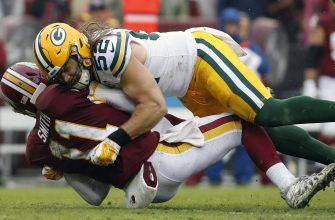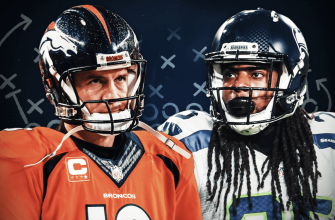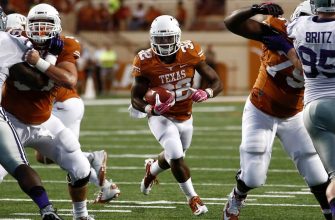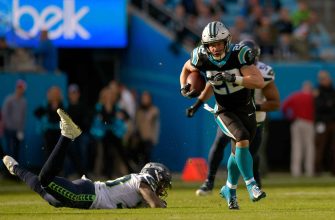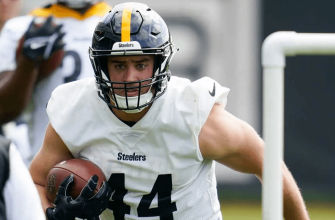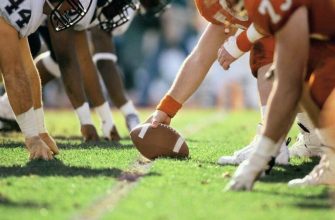An illegal formation in football refers to an improper pre-snap alignment of offensive players that violates rules for minimum and maximum players on the line of scrimmage. Understanding illegal formations is critical for coaches and players to avoid penalties that can derail drives.
This article will provide a full overview of illegal formations, including definitions, history, examples, penalties, strategy, famous incidents, and recent rule changes. We’ll clarify common misconceptions around what constitutes an illegal formation and explain why they matter for competitive fairness and safety. Formations are integral to football strategy, so gaining a nuanced grasp of illegal formations gives teams an edge.
What is an Illegal Formation?
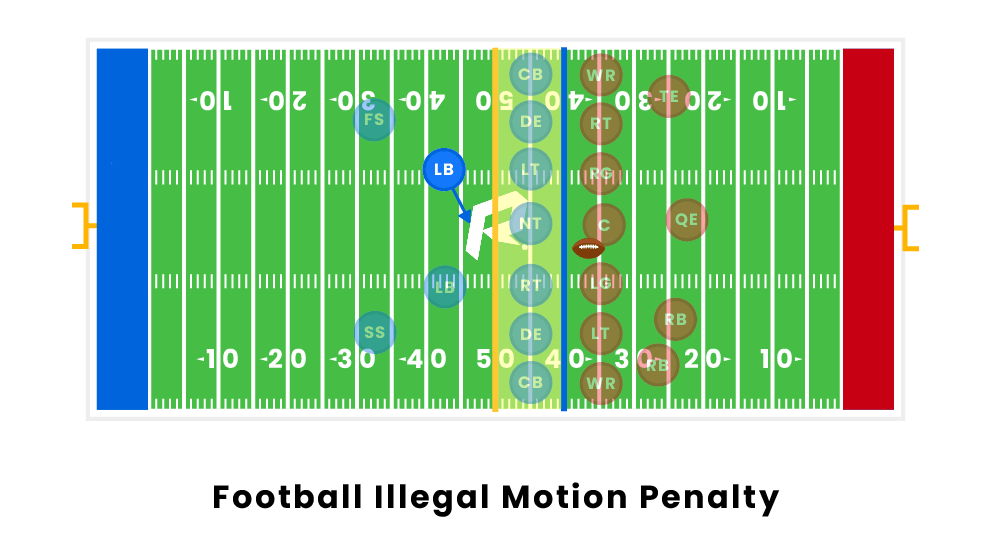
An illegal formation in football occurs when the offensive team lines up in a formation that violates the rules for proper positioning of players at the line of scrimmage.
There are several requirements that must be met to have a legal formation:
- There must be at least 7 players on the line of scrimmage at the snap. The line of scrimmage is defined as the yard line that passes through the point of the football before the snap.
- Only the two players at the end of the line of scrimmage are eligible receivers. The end players are allowed to line up off the line if desired. All other players on the line must be in a
- The quarterback must line up at least five yards behind the line of scrimmage to be considered the quarterback. If lined up closer, they are considered as one of the 7 on the line.
Some examples of common illegal formations:
- Having less than 7 players on the line of scrimmage. For example, if only 6 players are on the line.
- Having ineligible receivers like guards or tackles line up off the line as potential receivers. Only the end players are eligible receivers.
- The quarterback lining up too close to the line of scrimmage, making them an ineligible 7th player on the line. They must line up at least 5 yards deep.
- Having more than 4 players in the backfield behind the line of scrimmage at the snap. This includes the quarterback.
- Not having a player clearly defined as the quarterback lined up to receive the snap.
The key is meeting the minimums for players on the line of scrimmage and proper positioning of ineligible linemen vs. eligible receivers. Violating these requirements results in an illegal formation.
History and Origins
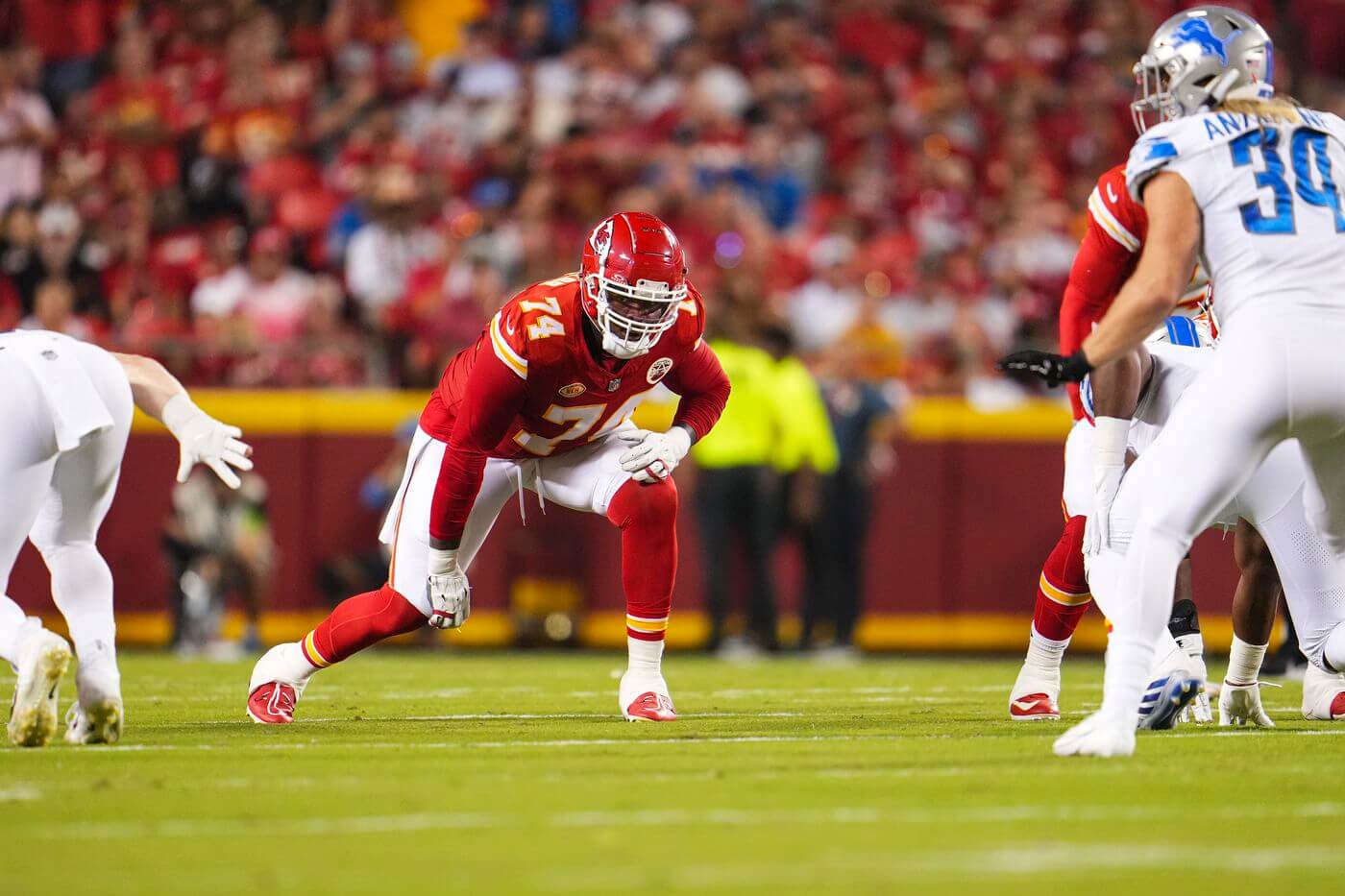
Rules regarding illegal formations in American football have evolved over time, with the first major changes coming in the late 19th century.
In the early days of the sport, offensive formations were relatively simple, with the quarterback typically lined up directly behind the center and the remaining players bunched together on the line of scrimmage. As the game developed strategically, teams began experimenting with different alignments to try to gain an advantage.
One of the first major rule changes came in 1889, when interlocking hands were banned for offensive linemen. This opened up the game as offensive players could spread out more along the line of scrimmage. In 1898, the forward pass was legalized, creating more room for innovative formations.
Over the next few decades additional clarifications were added about how many players could be in the backfield and their exact positioning. By the 1930s, most of the basic illegal formation rules were established, including requiring 7 players on the line of scrimmage and no more than 4 players in the backfield.
While the core rules have remained stable since then, there have been occasional tweaks and points of emphasis. The 1994 NFL season saw a renewed focus on illegal formation penalties after some high-profile incidents the prior year. This led to an initial uptick in flags, before teams adjusted their approach.
Some key games that shaped illegal formation rules include the 1932 NFL Championship, which featured several controversial calls, and the 1947 NFL Championship, which saw the Chicago Cardinals use innovative alignments to confuse the Philadelphia Eagles. Overall, the evolution of illegal formation rules has been an ongoing process aimed at maintaining fairness and balance between offense and defense.
Examples of Illegal Formations
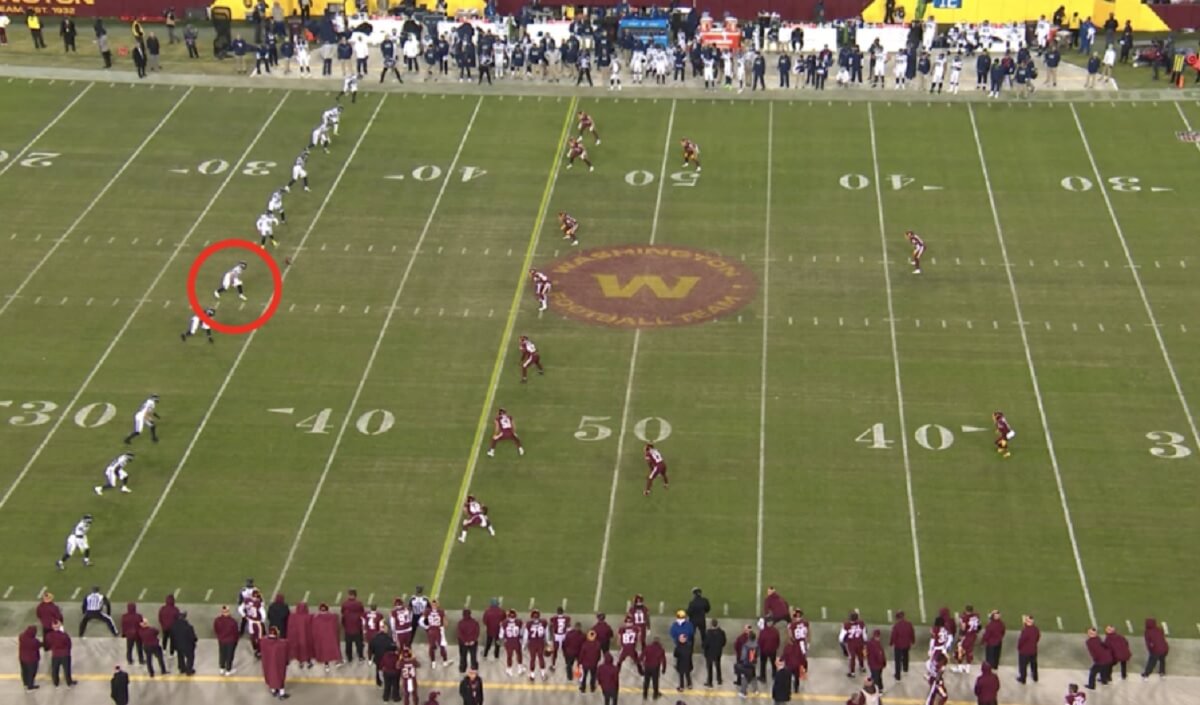
There are a few common illegal formations that occur in football due to misalignment or having too many players on one side of the ball. Some examples include:
Unbalanced Line
This is when the offense has more than 4 players lined up on one side of the center.
For example:
WR TE LT LG C RG RT WR QB RB
Having 5 players to the left of the center is an unbalanced line and illegal.
Illegal Motion
This is when a player is moving forward at the snap. All motion must be parallel to the line of scrimmage.
For example:
WR TE LT LG C RG RT WR QB RB
If the RB is running forward at the snap, it would be an illegal motion penalty.
Too Many Men in the Backfield
This occurs when there are more than 4 offensive players lined up behind the line of scrimmage. For example:
WR TE LT LG C RG RT WR QB RB FB
With the QB, RB, and FB behind the line, there are 5 backs, resulting in an illegal formation.
The key is understanding the rules about player alignment and motion at the snap. An illegal formation leads to a penalty for the offense.
Common Misconceptions
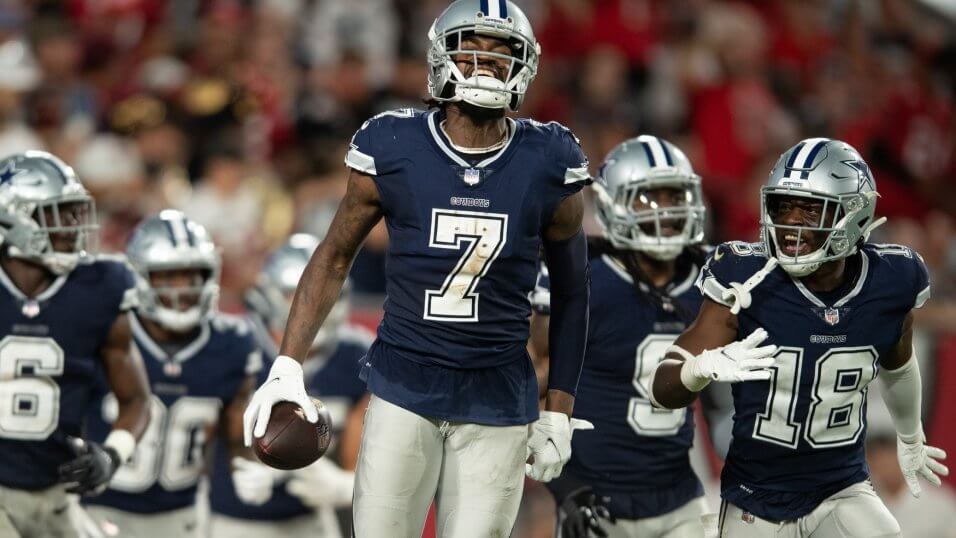
Football fans sometimes misunderstand the nuances between legal and illegal formations.
Here are some of the most common areas of confusion:
- Number of players on the line of scrimmage – Many fans think any more than 7 players on the line is illegal. But the rules state you can have more if players on the ends are in eligible positions.
- Receivers covering up interior linemen – Fans often think it’s illegal if a wide receiver lines up directly in front of a tackle or guard, but it’s legal as long as the receiver is in an eligible position.
- Unbalanced line – An unbalanced line with an eligible receiver on one end and uncovered linemen on the other is legal, though some fans think it’s an ineligible formation.
- Motion creating an illegal formation – If a man in motion ends up creating an illegal formation when he sets, many fans think that’s a penalty. But motion itself doesn’t cause an illegal formation.
- Equipment causing confusion – Sometimes players wearing an eligible number line up in ineligible positions, confusing fans on what’s legal. But it’s the position, not equipment number, that matters.
The key is understanding which players are eligible, the numbering exceptions, and where they line up. Formations that seem illegal at first glance are often perfectly legal on close inspection. Knowing the finer points of the rules helps fans understand when the officials make the right call.
Penalties
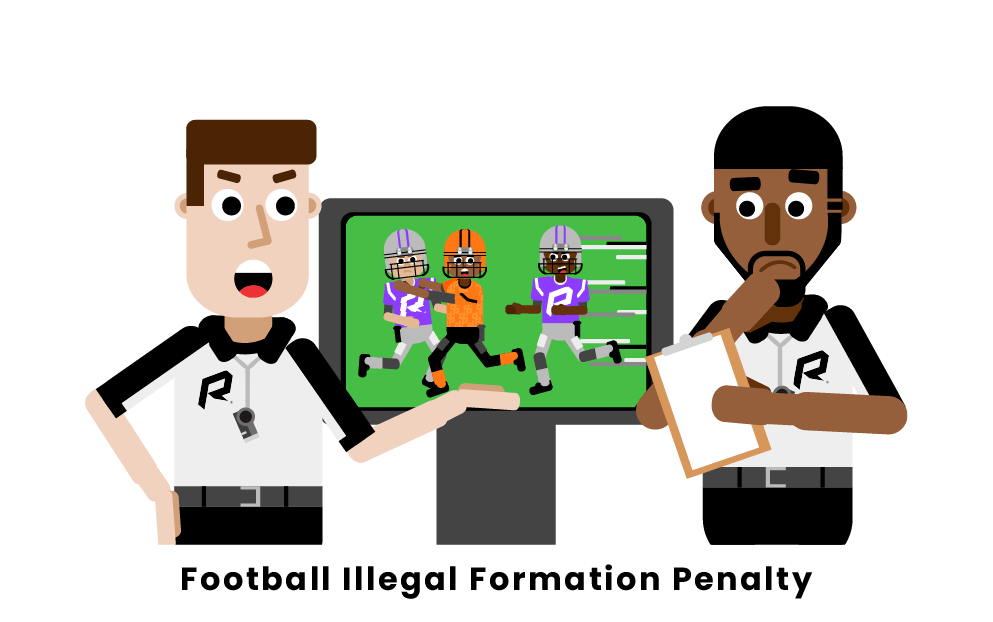
Illegal formations can carry significant penalties that impact the game. The most common penalties for illegal formations are 5-yard penalties.
These 5-yard penalties are generally called in the following situations:
- Having more than 11 players lined up on offense before the snap
- Not having 7 players lined up on the line of scrimmage on offense
- Having fewer than 5 ineligible receivers (players with numbers 50-79 and 90-99) lined up on the line of scrimmage
- Not having an eligible receiver on the line of scrimmage numbered 1-49 or 80-89
These penalties are called by the officials immediately at the snap if the illegal formation is identified. The 5-yard penalty is marked off after the play is over, so the result of the play stands but the penalized team is pushed back 5 yards.
This can have a significant impact on the game by disrupting offensive momentum and putting the offense in more difficult situations with tougher distances to gain a first down or reach the end zone. Defenses will also try to draw illegal formation penalties against the offense to put them in tougher spots.
In particularly egregious cases, such as repeatedly committing illegal formation infractions, the officials can assess a 15-yard unsportsmanlike conduct penalty against the offending team’s coach in addition to the 5-yard illegal formation penalty. This even further disrupts the flow of the game for the penalized team.
So illegal formations must be avoided, as they can stall promising drives with quick penalties. Coaches and players have to be assignment-sound to line up properly and avoid these mistakes.
Strategy and Tactics
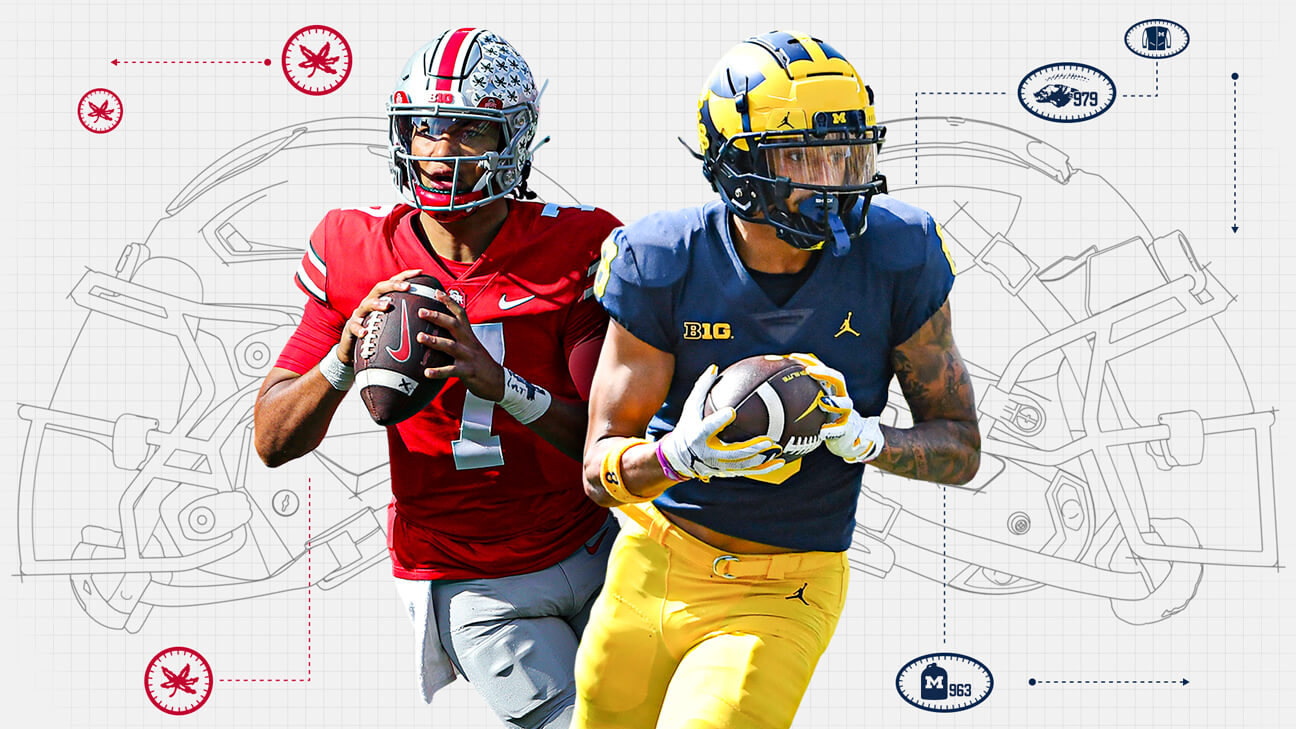
Coaches may intentionally use illegal offensive formations as a calculated risk. The potential reward is gaining an advantage by confusing the defense or exploiting a mismatch. However, the risk is being penalized by the referee. Intentionally using an illegal formation is usually done in very specific situations where the reward is deemed to outweigh the risk.
Some examples of strategic situations where a coach might employ an illegal formation include:
- Trying to draw the defense offsides on a key down late in a close game. Even if flagged, the 5 yard penalty is less than giving up a first down.
- Quickly lining up with too many men on the field when the defense is scrambled or has the wrong personnel, hoping to snap the ball before they can react.
- When inside the opponent’s 5 yard line, where the penalty is only half the distance to the goal. The reward of a quick touchdown outweighs the smaller penalty.
- Formation mismatches against certain defensive personnel packages or alignments. For example, lining up with an extra receiver when the defense is in its base package.
- Catching a defense napping when players are running on and off the field for substitutions. Snapping the ball quickly before they are set.
- Hiding an eligible receiver to sneak downfield for a big pass play. The penalty may be worth the long gain.
- Confusing the defense right before halftime or the end of the game when field position is less important.
The risk-reward calculation is situational. Coaches weigh the immediate benefit against the potential downside of a penalty when considering illegal formations. Proper timing and execution is key.
Famous Incidents
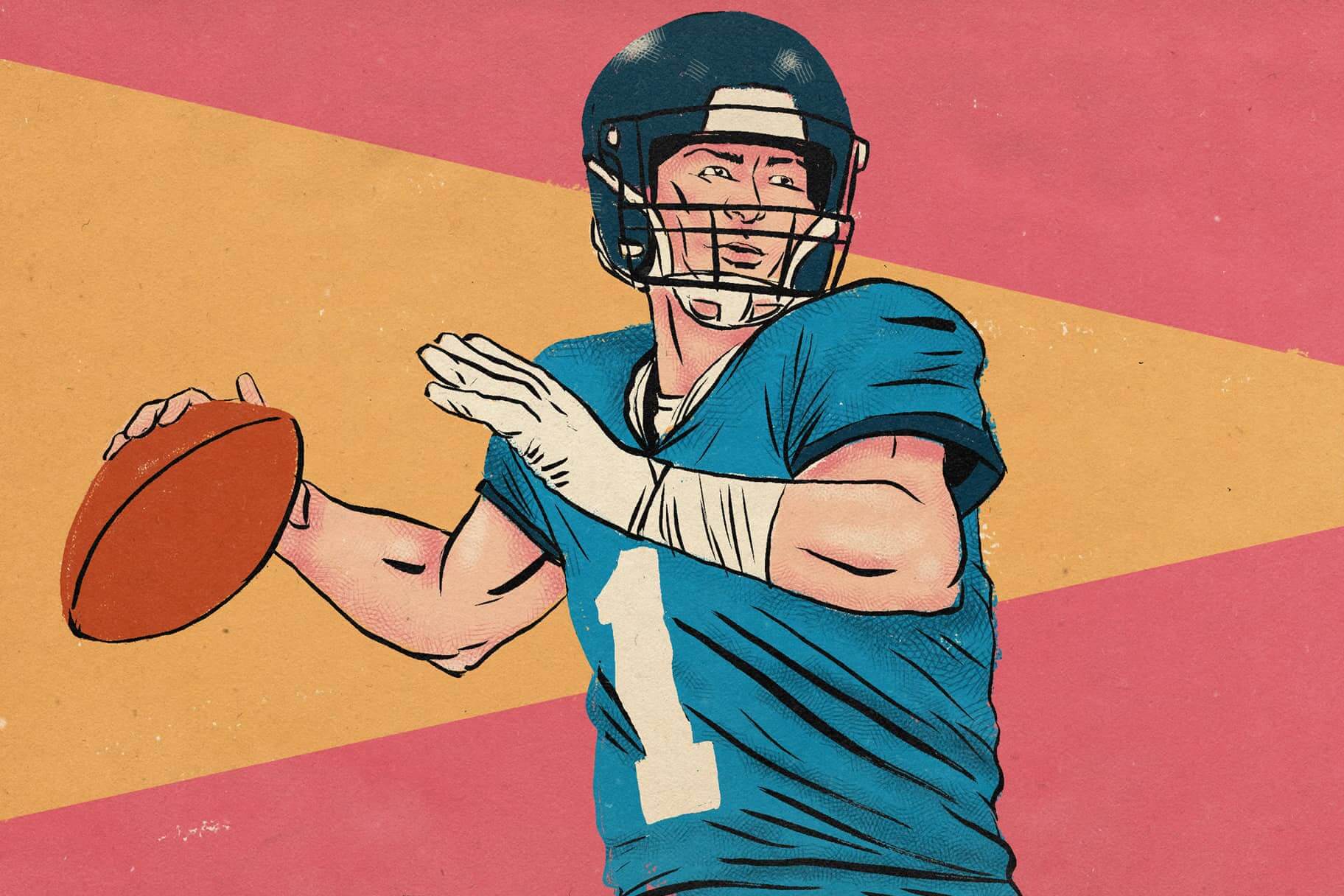
Some of the most memorable games and plays in football history have been directly impacted by illegal formation penalties and controversies.
Here are a few of the most infamous examples:
- Super Bowl XL (2006) – In the final minutes of the game, Seattle had a 1st and goal from the 5 yard line, trailing Pittsburgh by 4 points. On 2nd down, Seattle lined up with an illegal formation that went uncalled, and RB Shaun Alexander ran it in for a TD. However, Pittsburgh challenged the missed call and the TD was nullified, completely changing the outcome. Pittsburgh held on to win.
- Music City Miracle (2000) – This famous last-second kickoff return TD by Tennessee to beat Buffalo featured an uncalled illegal formation that was technically a penalty. One of the Titans players lined up beyond the restraining line, which should have resulted in a 5-yard penalty and re-kick.
- Bottlegate (2001) – Cleveland fans, frustrated by continued calls against their team, infamously threw plastic bottles on the field late in a close game against Jacksonville. Just before the bottle throwing incident, Jacksonville had lined up illegally but was not penalized, further enraging the Cleveland crowd.
- The Immaculate Reception (1972) – One of the most legendary plays in NFL history was actually illegal due to formation rules at the time. The Franco Harris TD should technically have been nullified for an illegal receiver downfield. But the refs missed the call and the TD stood, allowing Pittsburgh to win the playoff game over Oakland in dramatic fashion.
Rule Changes
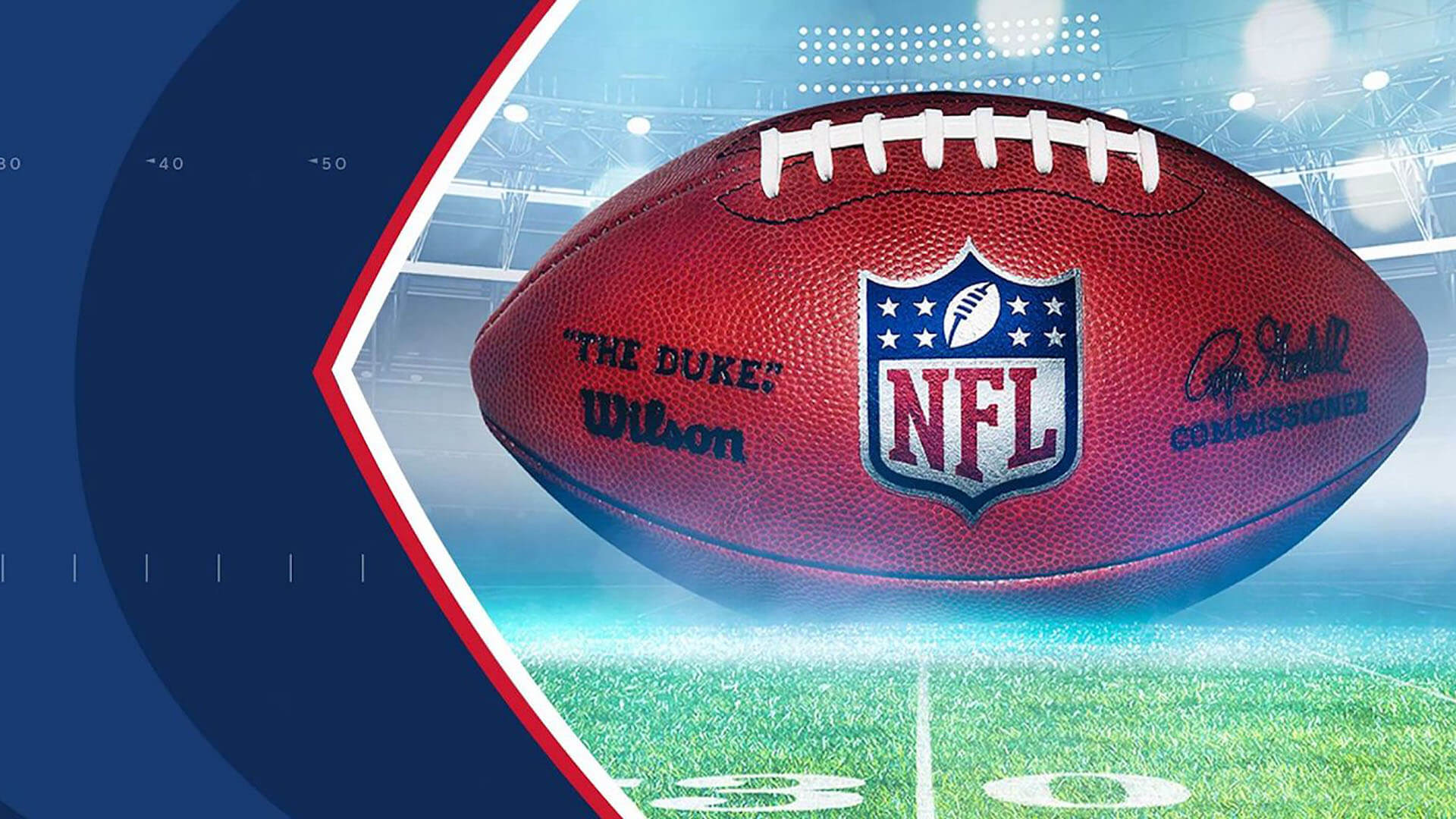
The rules around illegal formations in football have evolved considerably over the years. In the early days of the sport, there were very few restrictions on player positioning and formations. Things began to change in the 1880s and 1890s as the game became more organized.
One of the first major rule changes came in 1912 when the NCAA legalized the forward pass. This opened up new offensive strategies and led to a proliferation of formations. Restrictions soon followed, including requiring 7 men on the line of scrimmage.
The NFL banned unbalanced lines in 1933, requiring teams to have 5 men on each side of the ball. Additional tweaks were made over the years, including cracking down on players covering up interior linemen in the 1950s.
In the 1980s and 90s, the rules shifted to allow more flexibility for motion and shifting before the snap. Receivers were granted increased freedom of movement as long as they were set before the snap.
Even today, debate continues around issues like how far wide receivers should be allowed to line up, or how much leeway to grant motioning tight ends and backs. Changes are made every few years to keep up with evolving offensive schemes.
Overall, the regulations around illegal formations have aimed to balance innovation and athleticism with maintaining order and competitive fairness on the field. As offensive strategy continues to advance, it’s likely we’ll see more nuanced rules arise in the future.
Conclusion
An illegal formation in football refers to an alignment of offensive players that does not adhere to the rules set by the league. While seemingly minor, these infractions can have major implications on game strategy and outcome.
Throughout this article, we have explored the origins and evolution of illegal formation rules, including examples of common illegal formations like the A-11 offense. We’ve also clarified misconceptions, such as that only 7 players need to be on the line of scrimmage.
Understanding what constitutes an illegal formation is critical for coaches to develop plays and instruct their players on proper positioning. It’s also essential for officials to accurately penalize teams, as the yardage penalties and potential repeat downs can sway the game. Players must know where they need to line up to avoid costly mistakes.
Illegal formations require everyone’s attention. Fans should appreciate that while creative formations test boundaries, they still must adhere to long-established rules. We’ve seen how slight misalignments led to famous controversies. Overall, illegal formations demonstrate how football is a game of inches, where the slightest positional advantage is impactful. By understanding the intricacies of illegal formations, we gain a deeper appreciation of the game.


